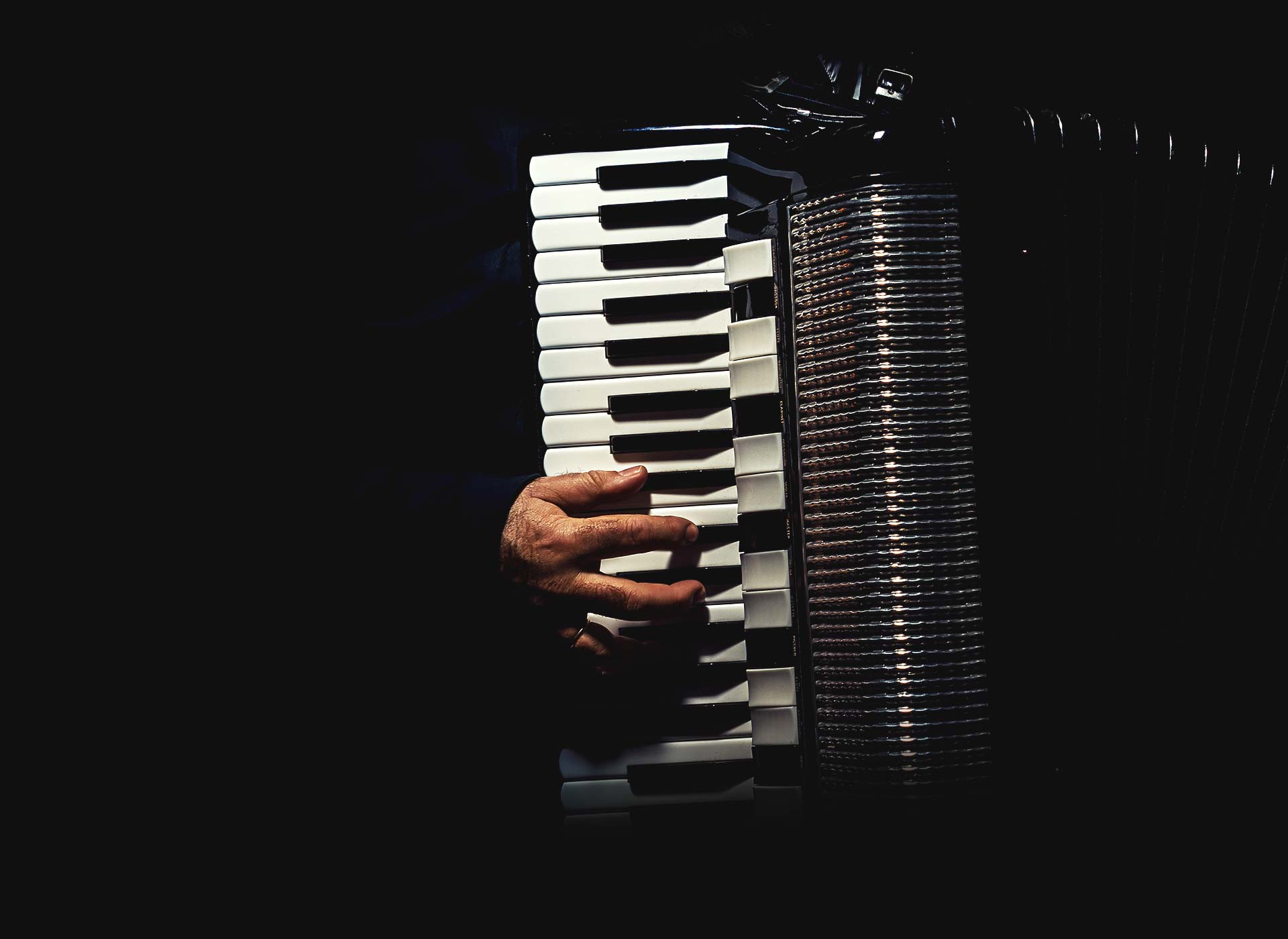

Discipline and rigour were the order of the day (for the first-time violinists playing in unison!) and their fame spread throughout Europe. At Court, the remarkable Vingt-quatre Violons du Roi ensemble was run with an iron grip by Lully. Outside the salon, instrumental music was also composed for large orchestras, unheard of anywhere else in Europe. In Les Fastes de la Grande Ménestrandise, Couperin offered a pageant of masks with different coloured ‘dominos’, depicting emotions with subtle reflections of sentiments or virtues. Miniature was preferred to large-scale, titles were evocative, some attributed to famous figures ( La Forqueray, Les Trois Mains, Le Lys naissant, Les Barricades mystérieuses, Zéphyr et Flore, L’Agaçante, La Dauphine, etc.). The music tended to suggest rather than state, depicting attitudes rather than passion. Instrumental music in France distinguished itself from Italy primarily by the instruments it favoured, namely the lute, theorbo, harpsichord, viola da gamba and flute, but also by its focus on musical declamation, ornamentation and eloquent restraint.
FRENCH CAFE MUSIC INSTRUMENTAL DOWN;OAD FREE
Within a few decades a wind of change swept through French music, casting traditions aside and giving free rein to composers, paving the way for a host of new genres such as the grand and petit motet, the ballet de cour, comédie-ballet tragédie lyrique, and symphony.

Renaissance polyphony evolved and instrumental music increased, marking a move away from the voice, hitherto the cornerstone of all musical composition. In the early 17 th century all the Arts evolved. The role of music changed over the centuries, as well as its forms, instruments, interpretation and reception. To Louis XIV, power and the Arts were linked, whereas Marie-Antoinette’s love of music was apolitical. Bouzignac and Gluck have little in common, and neither have Le Ballet royal de la Nuit and Rameau’s Les Paladins.įrance was governed by art-loving Monarchs from Louis XIII through to Marie-Antoinette, who understood the social and political importance of the Arts and actively promoted them. The term is both complex and diverse, as music in France evolved considerably during this period. Since the 1960’s, public interest in French baroque has been growing. The term baroque music has expanded to include French music dating from around 1600 to 1770.


 0 kommentar(er)
0 kommentar(er)
